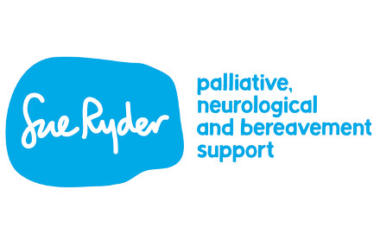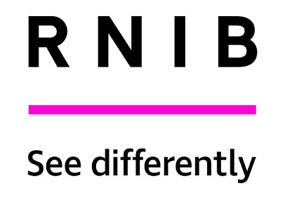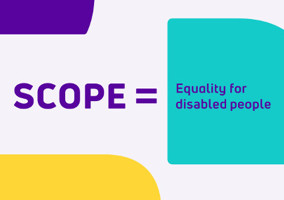Sue Ryder has launched a rebrand that includes a refreshed logo, new strapline and new website.
The charity researched peoples’ current perception of the charity and found that people close to the charity understood the care it provided, but a “cold audience saw us more of a charity shop”, a spokesman said.
Following this, it worked with a brand agency to develop new key messages and also the brand refresh to make it simpler and more consistent. It has changed the way it describes its work, as well as its website and the way it looks, “to make it easier for people to understand the support they can get from Sue Ryder and find the information they need”.
The new strapline is: “Palliative, neurological and bereavement support”. A spokesman said that this highlights that it is more about the care Sue Ryder provides, rather than the buildings.
Sue Ryder, which has not revealed how much it paid for the rebrand and new website, changed its strapline from “incredible hospice and neurological care” to elevate bereavement into this to show that the charity is doing more work in this area.
The charity also has a new supporting statement – “There when it matters” – which a spokesman said will flow through how it presents itself externally.
It said that this includes its fundraising, influencing, media, patient information, internally and recruitment.
It gave an example as: “Sue Ryder support people through the most difficult times of their lives. Whether that’s a terminal illness, the loss of a loved one or a neurological condition – we’re there when it matters. Our doctors, nurses and carers give people the compassion and expert care they need to help them live the best life they possibly can.”
Clear, credible and compelling
Heidi Travis, chief executive of Sue Ryder, said: “At Sue Ryder we already provide great care in our hospices, neurological care centres and out in the community, and our ambition is that we’ll provide more care to more people by 2023.
“We have a fantastic reputation with people who’ve come into contact with our services and with those who support us through our fundraising and retail activities. However, in order for us to grow further, provide more care, further develop our services, and expand our influence, we need to be able to reach even more people. A strong brand is crucial to helping us achieve this.
“The new brand will help Sue Ryder talk about itself in a clear, credible and compelling way. Bereavement support has also been elevated to the same level as palliative and neurological care, as we feel it is important to show our growth in this specialist area.”
Income reaches £100m
Sue Ryder has also published its latest annual report and accounts, for the year ending March 2018.
These show that Sue Ryder’s income has gone over £100m for the first time, at £101.6m, with fundraising income up by 19 per cent to £16.9m.
Sue Ryder reported a deficit of £2.75m, compared with net income of £1m the previous year. It said that this was principally due to one-off payments “relating to the write-down on the value of Holme Hall following its closure in the year”.
It said that the ongoing difficult trading conditions in the UK retail sector contributed to a fall in net income of £1.9m to £3.8m
Sue Ryder made redundancy payments worth £457,195 throughout the year, which is down from the £654,275 made the year before. The number of employees at the charity went down slightly, with the total number of employees down by 29 to 3,100, and the figure adjusted for the number of full time equivalent employees went down by 48 to 1,953.
In April 2018 Sue Ryder launched its new Five Year Strategy which sets out its aim to provide “more care for more people” by 2023.
It said that this means more services, both palliative neurological and bereavement, delivered in the community, online as well as through building greater partnerships with other healthcare providers. The strategy sets out ambitions to make sure its buildings are fit for purpose and expanding these, where possible, in the future.
Related articles












